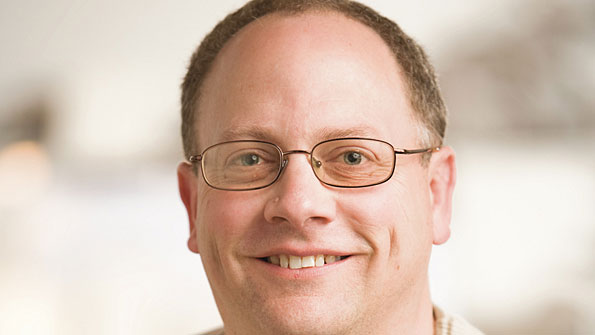FirstNet’s Sue Swenson expresses confidence in AT&T’s ability to make network vision a reality
What is in this article?
FirstNet’s Sue Swenson expresses confidence in AT&T’s ability to make network vision a reality
SAN ANTONIO—FirstNet still must complete a great deal of work, but the organization is more confident about building its much-anticipated nationwide public-safety broadband network (NPSN) than it has been during any stage of its previous five years in existence, according to FirstNet Chairwoman Sue Swenson.
Swenson said that confidence is a reflection of two primary factors:
- FirstNet’s trust in AT&T, the telecommunications giant that was awarded the 25-year nationwide FirstNet contract in March; and the carrier’s commitment to meet the needs of the public-safety community.
- Building a nationwide LTE system is a task that has been done before (and by AT&T specifically)—a stark contrast to most major FirstNet accomplishments to date, which called for the organization to complete tasks that had not been done before.
Indeed, tackling unprecedented challenges has become almost commonplace at FirstNet, Swenson said yesterday during an interview with IWCE’s Urgent Communications conducted at the annual Public Safety Communications Research (PSCR) Stakeholder Meeting. For Swenson, the trend began when she was charged in 2013 with negotiating spectrum-lease deals with early-builder entities, most of which funded their public-safety LTE projects with federal grants from the Broadband Technologies Opportunity Program (BTOP).
“Think about my first beginning,” Swenson said. “I had to do BTOP negotiations and create spectrum-management lease agreements that had never existed before. We had to create an objectives-based RFP, which had really never been done before, which was key to our success—at least one of the keys. So, everything was brand new—doing the public notice, clarifying the legislation. Everything was breaking new ground, so you were never quite sure how it was going to end up.
“Now that we’re moving into the phase of deployment, and—as you know, I’m quite familiar and quite comfortable in this area—I know the magnitude of it … but it’s not like it hasn’t been done before.”
While AT&T has a storied history of building communications networks, Swenson is well aware of the biggest concern voiced publicly and privately about FirstNet contractor: As a massive telecom firm with more than 100 million wireless subscribers, would the FirstNet public-safety initiative—a much smaller endeavor, in terms of the number of potential customers—get overlooked as AT&T officials concentrated on the company’s commercial business?
Although the question is an understandable one, Swenson said she is very pleased with AT&T’s commitment to serving the first-responder community.
“I’m very excited about AT&T’s view, perspective and focus on public safety,” Swenson said. “There’s no doubt in my mind—not even for a second—that they aren’t maniacally focused on public safety. So the worry about, ‘Well, it’s just going to fold into the commercial business [of AT&T]’—no.
“They’ve created a whole organization. I was talking to somebody this morning who said they were very impressed with the people who are there [at AT&T] with public-safety backgrounds. That tells me that the anxiety that people had about, ‘Are they really going to be focused, and is this really going to deliver to public safety?’ [will not be an issue].
“Plus, our role at FirstNet is to make sure that happens. Whoever we’re working with, we are the entity that represents public safety. Obviously, they can represent themselves, but we’ll be working directly with AT&T. And I’ve already seen it, where they are very receptive to our input and are asking for it.”










